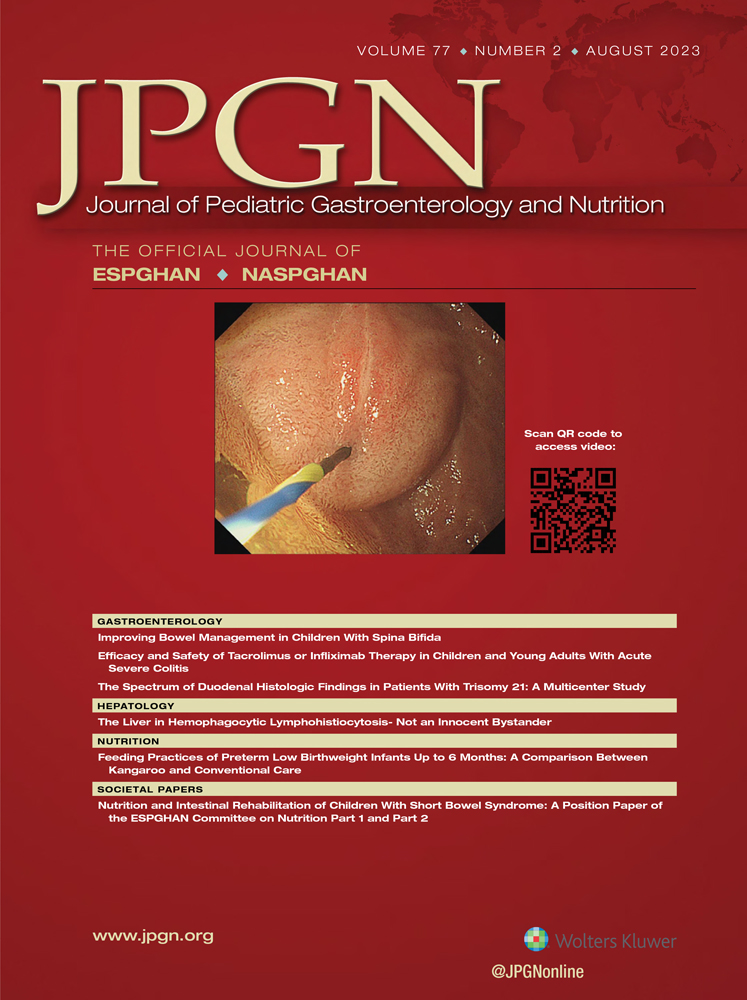Presence of Alpha 1 Antitrypsin Risk Variants is Not Associated With Histologic Severity of Pediatric NAFLD
The authors report no conflicts of interest.
Supplemental digital content is available for this article. Direct URL citations appear in the printed text, and links to the digital files are provided in the HTML text of this article on the journal’s Web site (www.jpgn.org).
Sources of Funding: This work was supported by NIH grant P30 DK078392 (Clinical Component) of the Digestive Diseases Research Core Center in Cincinnati. The funding agency had no role in the design or conduct of the study; the collection, management, analysis, or interpretation of the data; the preparation, review, or approval of the manuscript; or the decision to submit the manuscript for publication.
Abstract
Background:
Among adults with nonalcoholic fatty liver disease (NAFLD), alpha-1-antitrypsin (A1AT) heterozygosity has been linked to advanced liver disease; pediatric data remain unclear.
Objective:
The objective of this study is to determine whether A1AT PiZ or PiS variants are associated with liver disease severity in youth with NAFLD.
Methods:
Retrospective study of youth with confirmed NAFLD. Multivariable logistic regression used to determine independent associations between A1AT risk variants and histologic severity [NAFLD activity score (NAS) ≥5 and/or significant fibrosis (stage ≥2)].
Results:
The cohort included 269 patients, mean age 12 [±3] years with NAFLD and A1AT phenotyping (n = 260) and/or A1AT levels (n = 261). The mean NAS of the cohort was 4.2 [±1.5]; 50% had any, and 18% had significant fibrosis. Most (86%) had the MM A1AT phenotype, while 7% had the MS and 3% the MZ phenotype (the rest had other, nonpathogenic variants). Mean A1AT level was 123 mg/dL [±20]. A1AT levels did not differ by low versus high NAS (122 ± 2 vs 126 ± 19 mg/dL, P = 0.12) or by no/mild versus significant fibrosis (123 ± 20 vs 126 ± 20 mg/dL, P = 0.23, respectively). Carriers and noncarriers of the PiS or PiZ variants had similar NAS (mean NAS 3.8 ± 1.6 vs 4.2 ± 1.4; P = 0.25, respectively). Fibrosis severity did not differ by carrier vs noncarrier group: 38% versus 52% had any fibrosis (P = 0.17) and 14% versus 18% had significant fibrosis (P = 0.80, respectively). Multivariable modeling showed no association between A1AT risk variants and histologic severity.
Conclusion:
While not uncommon, carriage of the A1AT PiZ or PiS risk variants was not associated with histologic severity in children with NAFLD.




